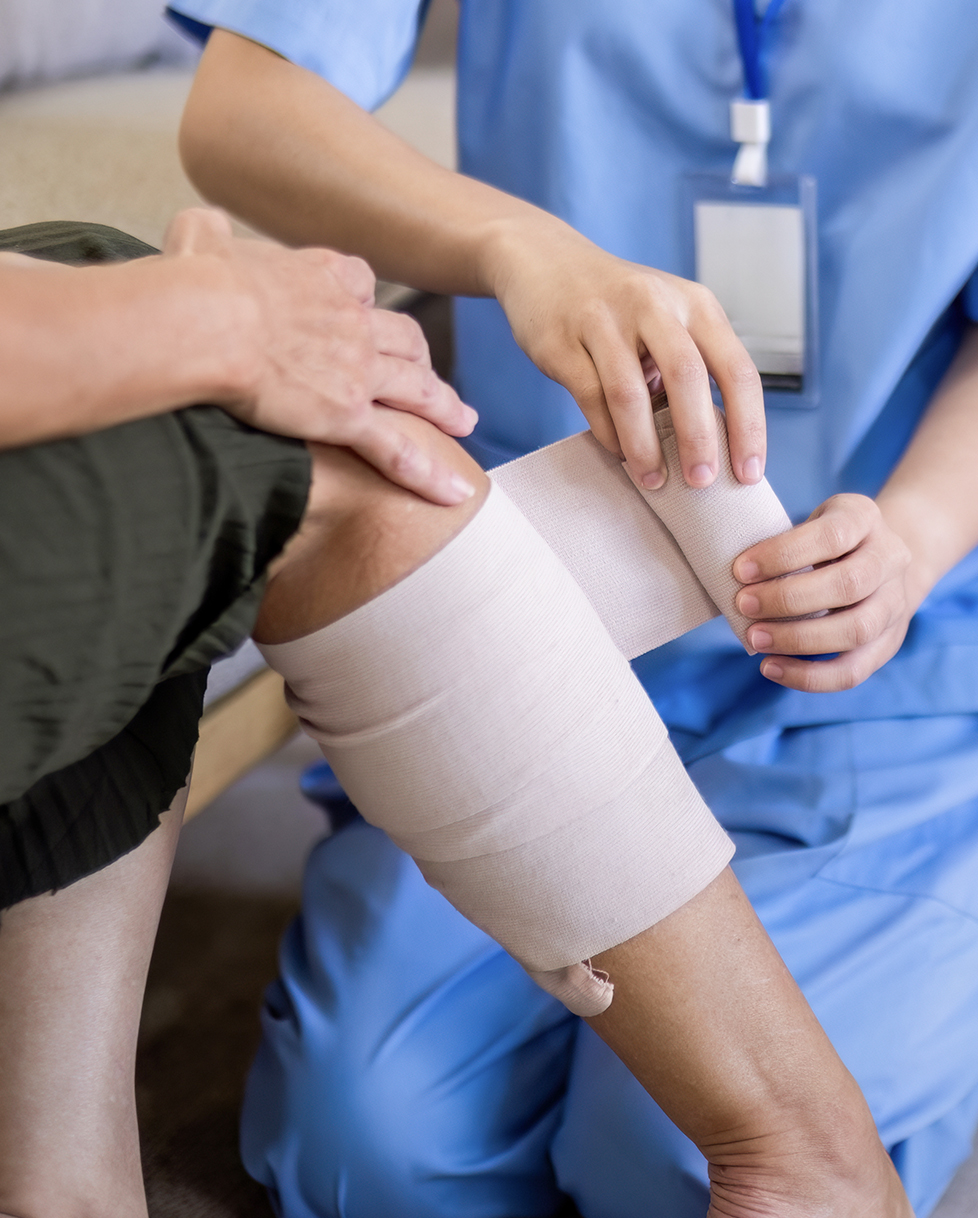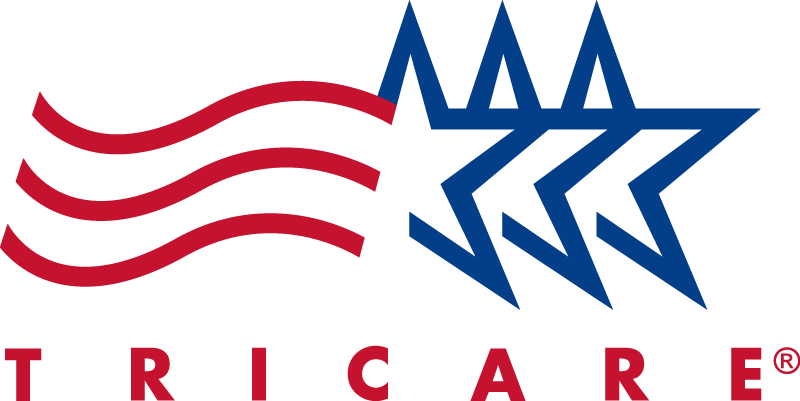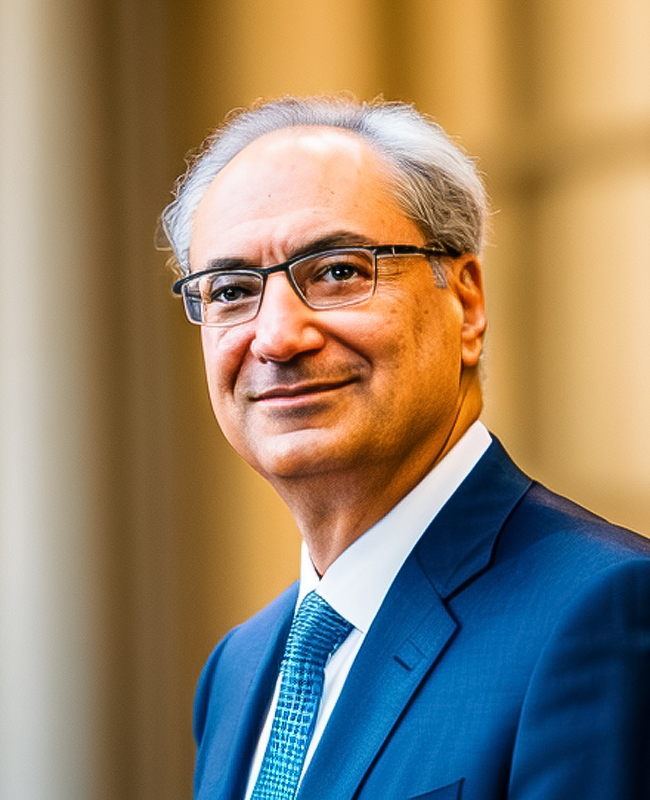Services
Expert In-Home Advanced Wound Healing

What is Advanced Wound Healing?
DV Professional Group provides care for wounds that fail to to Heal Within Expected Timeframe. Typically, a wound is considered chronic if it does not significantly improve after 4–6 weeks from appropriate, evidence-based wound treatment. Wounds that do not heal in that time frame are considered chronic or difficult-to health and require expert care to heal.
Comprehensive Assessment
Management of Comorbidities
Pain Management
Infection Control
Long-Term Care Plans
Patient Education
Data Driven Results
3rd Quarter Data (7/1/24 – 9/30/24)
116
Total Patient
Receiving Care
70
Total Patients
Improving
45
Total Patients
Healed
0
Total
Readmissions
99%
Percentage of Patients Improving/Healed
The DV PRO Difference
The DV PRO difference lies in our expert team specializing in healing chronic or non-healing wounds.
Athan Georgiades MD
Dr. Georgiades has 30+ years of experience treating complex skin injuries ranging from severe burns to chronic, nonhealing wounds.
Dwight E. Heron MD
15+ years as a leader in clinical research and innovative cancer care programs including including extensive experience in wound healing.

Innovation in Wound Healing
Fluorescence Imaging Tool
Provides real-time imaging of wound bacteria.
Biological and Synthetic Skin Substitues
Uses skin grafts and synthetic options for tissue regeneration.
Debridement Methods
Cleans wounds to enhance treatment effectiveness.
Telemedicine & Remote Monitoring
Offers HIPAA-compliant remote consultations and care.
Clinical Trials
Evaluate new treatments and therapies.
Continuous Improvements
Invest in staff training and technology advancements.
Benefits of Advanced In-Home Wound Healing
Comfort and Convenience
Familiar Environment
Receiving care in the comfort of one’s home reduces stress and anxiety, which can promote healing. Patients feel more relaxed and secure in their familiar surroundings.
No Need for Travel and Additional Costs
Home-based wound care eliminates the need for transportation to clinics or hospitals, which is especially helpful for individuals with mobility issues or those who live in remote areas.
No More Waiting Rooms
All advanced wound care procedures are in-home and tailored to the needs of each patient, creating better outcomes, improved quality of life, and stress-free experiences.
Reduced Risk of Infections
Avoiding Hospital Exposure
Hospitals and clinics can expose patients to infections like MRSA or other hospital-acquired infections. Receiving advanced wound healing at home reduces the risk of these complications.
Controlled Environment
The home environment is typically more controlled, allowing DV PRO providers to focus on maintaining cleanliness and infection control practices specific to the patient’s needs.
Cost-Effective
Lower Medical Costs
In-home advanced wound healing often results in lower overall healthcare costs by reducing the need for expensive hospital stays, emergency room visits, or frequent outpatient appointments.
Insurance Coverage
Many health insurance plans, including Medicare, cover in-home wound care for patients who qualify, making it a more affordable option.
Frequently Asked Questions
What types of wounds do you treat?
We treat just about every type of wound, but below are the most common types of wounds that we treat.
Common Types of Chronic Wounds:
- Pressure Ulcers (Bedsores):
- Occur in patients with limited mobility or prolonged pressure on specific areas, such as the heels, hips, or tailbone.
- The Braden Scale is often used to assess risk factors for pressure ulcers.
- Diabetic Ulcers:
- Occur in people with diabetes, particularly on the feet, due to poor circulation and neuropathy (nerve damage), which reduces sensation.
- These ulcers can be slow to heal due to impaired immune response and poor blood flow.
- Venous Stasis Ulcers:
- Caused by poor circulation in the veins, usually in the legs. Blood pooling and poor venous return lead to skin breakdown.
- They are often accompanied by swelling, discoloration, and fluid drainage.
- Arterial Ulcers:
- These occur due to poor arterial blood flow, often caused by peripheral artery disease (PAD). They are usually located on the lower legs or feet.
- They tend to be painful and may have a pale or necrotic appearance.
- Surgical Wounds:
- Surgical incisions that fail to heal properly can become chronic, especially in individuals with underlying health issues such as diabetes, obesity, or infection.
My wound is currently being managed by a home health organization but is healing slowly. Can DV PRO help?
DV PRO acts as an extension and works directly with you and your home health organization and uses their years of expertise and access to advanced wound healing technologies to address chronic and hard-to-heal wounds. Please click here to ensure that we accept your insurance.
When should you seek advanced wound treatment?
You should seek advanced wound treatment when:
- You have a wound that has shown no improvement
- You have a wound with increasing pain, swelling, odor or a change in color
What factors contribute to chronic wounds?
Poor Blood Flow: Conditions like peripheral vascular disease (PVD), diabetes, and atherosclerosis can restrict blood flow to the wound area, preventing healing.
Infection: Chronic wounds are at high risk of infection, which further delays healing and can lead to complications.
Diabetes: High blood sugar levels impair immune function and reduce blood flow, increasing the risk of non-healing wounds, especially on the feet.
Malnutrition: Poor nutrition, particularly a lack of protein, vitamins, and minerals, hampers the body’s ability to repair tissues.
Immobility: Prolonged pressure on certain areas of the body due to immobility can lead to pressure ulcers that are difficult to heal.
Chronic Inflammation: Persistent inflammation at the wound site leads to tissue breakdown rather than repair.
What are the characteristics of a non-healing or chronic wound?
Failure to Heal Within Expected Timeframe: Typically, a wound is considered chronic if it does not significantly improve after 4–6 weeks of appropriate treatment.
Recurrent Infections: Chronic wounds are prone to repeated infections that delay healing.
Continuous Inflammation: Chronic wounds often remain in the inflammatory stage of healing, with signs of redness, swelling, heat, and sometimes pain.
Poor Circulation: Inadequate blood flow to the wound site, which can occur in patients with conditions like diabetes or vascular disease, prevents sufficient oxygen and nutrients from reaching the wound.
Necrotic Tissue: Non-healing wounds often contain dead or necrotic tissue, which impedes the healing process.
A chronic or non-healing wound is a wound that fails to heal through the normal stages of wound healing within a predictable period (usually 4–6 weeks).
Insurance We Accept






